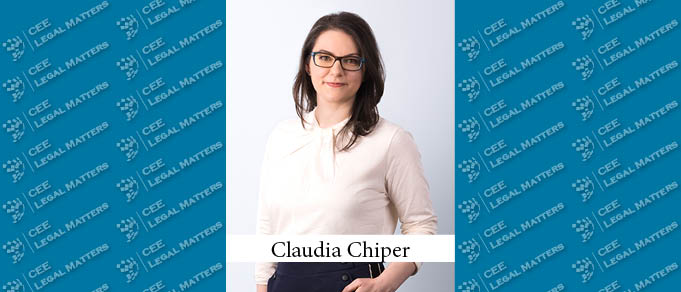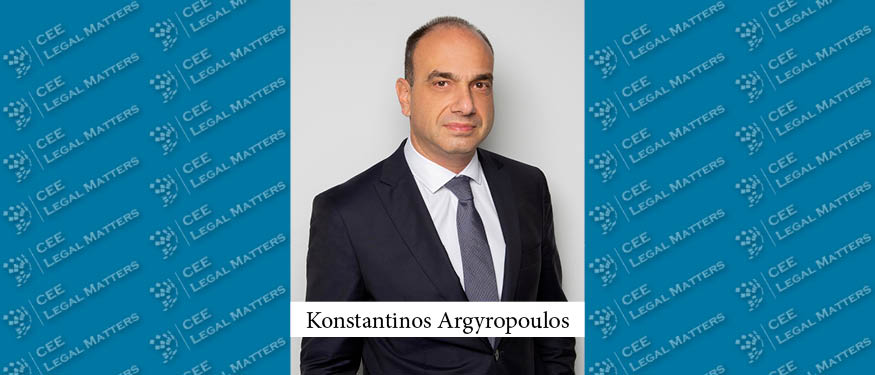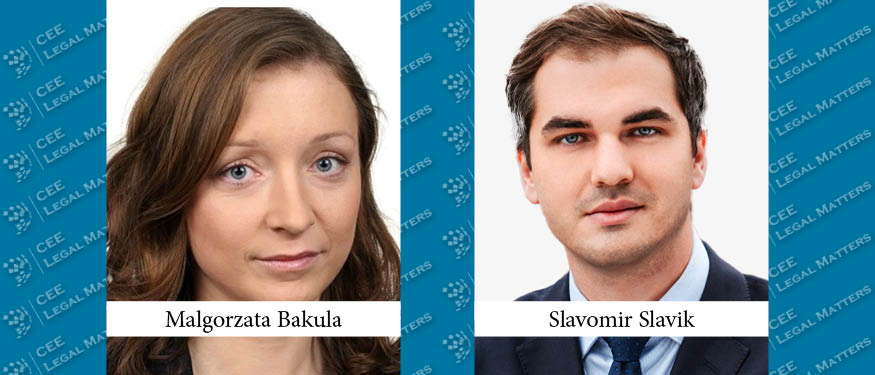An Energy Service Company (ESCO) provides energy services and/or other energy efficiency improvement measures to consumers and, as a result of providing such services and/or measures, accepts a degree of financial risk. Payment for the services provided by an ESCO is based, in whole or in part, on the energy efficiency improvement and the fulfillment of other performance criteria agreed upon by the parties. As a rule, the ESCO is paid out of the cost reductions achieved following the energy upgrades and/or efficiency measures. Because payment is made from the energy savings, the costs of financing and implementing such an efficiency project may, based on the financing structure applied, be treated as an off-balance sheet asset.
Energy efficiency is at the forefront of the European energy and climate policy whose main goal is to make Europe the first climate-neutral continent in the world by 2050. In practical terms, the initiative translates ultimately into reduced prices and cost savings. In this context, ESCOs play an essential role.
Financing options for energy efficiency improvements may be classified, in a broad sense, under two options: (1) the ESCO borrows the funds necessary for project implementation or uses its own funds; or (2) the energy-user/customer takes a loan from a financial institution, which is secured by an energy savings guarantee undertaken by the ESCO.
The savings guarantee serves to prove to the bank that the project will generate a positive cash flow and, therefore, the debt service will be covered. In turn, the bank will be able to offer a more competitive interest rate given the lower risk of default.
From a bank’s perspective, different financing mechanisms may be applied, ranging from investment loans, leasing, or sales of receivables (without recourse). Out of the available options, a sale of receivables may be better suited for ESCOs mainly because the credit risk is with the final beneficiary rather than with the ESCO, the energy performance risk is not a concern for the lender because the ESCO guarantees the savings towards the final beneficiary who, in turn, pays the bills to the lender and the ESCO is 100% financed and does not have an impact on its balance sheet. Multiple options and variations may be considered depending on the project, whether there is a grant component, and the bankability of the borrower (either the ESCO or the beneficiary).
To put things into perspective, in 2015, the total EU market was estimated at EUR 2.4 billion ESCO revenues with a forecasted growth to EUR 2.8 billion by 2024, according to the Report on Energy Service Companies in the EU from 2017.
Out of the EU member states, Germany stands out in terms of maturity and market development showcasing all the essential ingredients, such as institutional context, legal framework, dedicated associations, and facilitators. The same report found that Italy, Belgium, and Denmark were medium-size markets while other EU member states were small markets or had no market at all for this industry segment.
In Romania, according to the same report, in 2016 the volume of ESCO activity was low. Moving forward to 2022, the status does not seem to be much different. The first piece of legislation defining ESCOs in Romania dates back to 2008. In 2014, the specific legislation regulating ESCOs, among others, was recast and the EU directive on energy efficiency was transposed.
However, legal barriers remained, especially in relation to the mismatches in the legislation governing the procurement process and the rules regarding the budgetary allocations of municipalities and other territorial administrative units, as well as the statistical treatment of the energy performance contracts (EPCs). In addition to the legal hurdles, the lack of information and awareness, as well as the difficult access to finance by ESCOs, translated into further practical obstacles to implementing energy efficiency projects on a large scale in Romania.
Perhaps a key to boosting this industry segment in Romania and scaling energy efficiency projects based on the ESCO model is to standardize the relevant documentation (EPCs, energy supply contracts, and build-own-operate-transfer contracts) coupled with tailored banking products to take into account the specifics of this sector.
By Claudia Chiper, Partner and Head of Banking and Finance, Wolf Theiss Bucharest
This Article was originally published in Issue 9.4 of the CEE Legal Matters Magazine. If you would like to receive a hard copy of the magazine, you can subscribe here.















